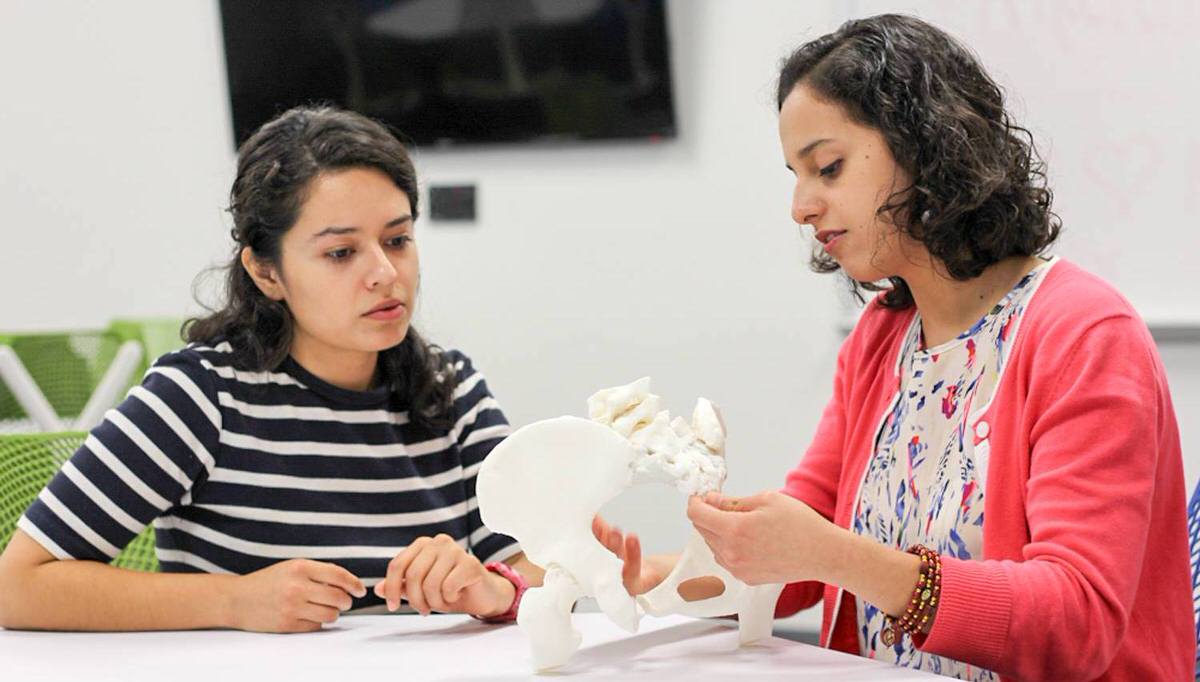The M.S. Degree Program in Cell Systems & Anatomy offers training in areas of anatomical sciences and biotechnology. The overall mission of the program is to prepare the next generation of life-long learners and critical thinkers, prepared to design and execute innovative basic and translational research, and to address the most important and challenging knowledge gaps in basic biology, human health and disease.
There are two parallel tracks in the program with some overlapping requirements but distinct curricula. Selection of a track leading to the Master's Degree will depend upon the student and the professional career for which the student is preparing. Both are two year tracks.
The Anatomical Sciences track includes an Interdisciplinary human gross anatomy course with full cadaveric dissection and provides unique opportunities to teach and tutor medical, dental, and other health professions students. See a sample plan of study for the anatomical sciences track.
M.S. in Anatomical Sciences brochure
The Mechanisms of Health and Disease track focuses on bench research. Cutting-edge, state-of-the-art technology is available including next-gen sequencing and super resolution microscopy. See a sample plan of study for the Mechanisms of Health and Disease track.
M.S. in Mechanisms of Health and Disease brochure
For each track, 30 semester credit hours are required for graduation. Typically, students select a mentor in the fall semester of the first year and prepare a thesis proposal in consultation with their mentor by spring of the first year. Students present their proposal to their supervising committees and to the MS-Committee on Graduate Studies (MS-COGS) during the fall semester of the second year and defend their thesis by spring of the second year.
